Our Lens Recommendations
We’ve thrown a lot of information at you, and there is a lot more to know! But for now, you might be wondering, “Which lens should I buy right now?” To help you answer that question, here are some of our favorite lenses for beginners.
Best Budget Lenses
This lens is exceptionally priced and is a perfect option for a first lens. It captures lovely pictures in low light conditions. It also lets you attain a shallow depth of field due to its large aperture. Practically, what this means for you is that you can get those great shots where the subject is clear but the background is soft and blurry.

This affordable wide angle lens lets you capture architecture and landscapes. This is also a great lens for you if you shoot interiors or indoor shots and find it difficult to capture everything. Remarkably given the price, the lens also features Image Stabilization (IS).
Best Lens for Portraits
You might think that basically any lens can be used for portraits, and you wouldn’t be wrong. However, there is a lot to learn about perspective and focal length and aperture in order to get the best possible portrait shots. A lot depends on where you usually shoot (ex. indoors or out in nature) and the kinds of shots (close-up, etc.) you prefer to take. As a general rule, wide-angle lenses are bad for portraits and short telephoto lenses are good. But – as with everything related to photography – it depends.
Having said all of that, the Canon EF 85mm f/1.8 is our pick for the best portrait lens. It is reasonably priced and produces consistently high-quality portraits. Many photographers actually find this to be a great all-around lens that becomes their go-to for most shots. It is a bit more technical than the budget lenses we mentioned above, so you’ll want to dedicate some time to get to know it before doing a photo shoot.
Best Lens for Landscapes
There are plenty of options for landscape lenses at nearly any price point. Wide-angle lenses are usually a good choice for landscape shots, and even the standard 18-55 f/3.5-5.6 kit lens will do a decent job. For our pick in this category, we considered price, versatility, and longevity.
The Canon EF 70-200mm f/4 isn’t cheap, but it is a well-made, highly rated lens that is excellent for landscape photography. It’s also a versatile telephoto lens that many photographers find useful for a range of shooting conditions. This version features Image Stabilization – a valuable element – but you can get the budget-friendly version without IS and save yourself some money.
Best Lens for Action
You might be looking for specific kinds of action shots – certain indoor or outdoor sports, or wildlife in action for example – so it’s a good idea to do a bit of research if you have some specific needs. A few key things to look for no matter what when it comes to action/sports shots: Image Stabilization, fast shutter speed, and (sometimes) zoom lenses.
Our pick for this category took into account price (most lenses meant for action/sports are expensive!) and versatility, and we landed on the 135mm f/2L. It is fast and has good autofocus capability, and it’s liked by many for portraits and weddings.
Best Wide-Angle Lens
Canon EF 35mm f/2 IS USM Wide-Angle Lens
Wide angle is coveted for travelers and nature enthusiasts, in addition to many other shutterbugs. The nice thing about wide angle lenses is that they don’t immediately jump up in price like telephoto lenses or lenses meant for action. Our pick for the best wide angle lens is budget-friendly and beautiful.
The EF 35mm f/2 is light and compact, and the image quality is outstanding. Some complain that the autofocus is a little buggy, but for the most part, this lens is a bargain – and one that will last you for years to come.
Best Macro Lens
Macro lenses have great quality and get you closer to your subject than non-macro lenses can even dream of. Like other types of lenses, there is a pretty wide range of prices for this type of lens. You might want to consider things like weight (for longer focal lengths) and purpose (is it only for shooting flowers up close, or do you have other expectations?).
For our pick, we again chose based partially on price, but we also considered quality and usability. The 100mm f/2.8 is a macro lens, so it’s going to do all the macro shooting you want it to do – but it’s also good for portraits. It has excellent quality and sharpness.
Best Creative Lens
There are several different options for “creative” lenses in any brand. Canon has lenses such as tilt-shift, fish eye, and extreme telephoto. These can be fun to add to your collection, or they might be central to your photography – it all depends on your style. These have dramatic price differences – especially when you’re considering the extreme telephoto lenses.
Our pick for this category is the inexpensive “pancake” 40mm f/2.8 lens. This is a fun, portable lens that gives you some options for creative shooting.
So you have a new Canon DSLR. Congratulations! You are probably excited about all of the possibilities that camera holds, and you’ve likely discovered that there’s an entirely new world of information to learn about: lenses.
The unique part of DSLRs over other digital cameras is that they feature interchangeable lenses. This means that you can find the best lens for whatever type of picture you want to take – landscape, portraits, extreme close-ups, and so forth.
This guide is meant to introduce you to the world of Canon DSLR lenses. We’ll talk about some of the common terms and lens types you’ll encounter, as well as some of our favorite lenses for you to consider.
Why Buy Lenses?
If you purchased an entry-level Canon body with a lens kit, you probably received the Canon 18-55 f/3.5-5.6 lens along with it. This is a good starter lens to help you get used to shooting your new camera. However, it is pretty basic, and many budding photographers find themselves limited by its abilities.
Here’s a little bit to know about the typical entry-level kit lens. 18-55mm is the focal length. The numbers here mean that you can zoom b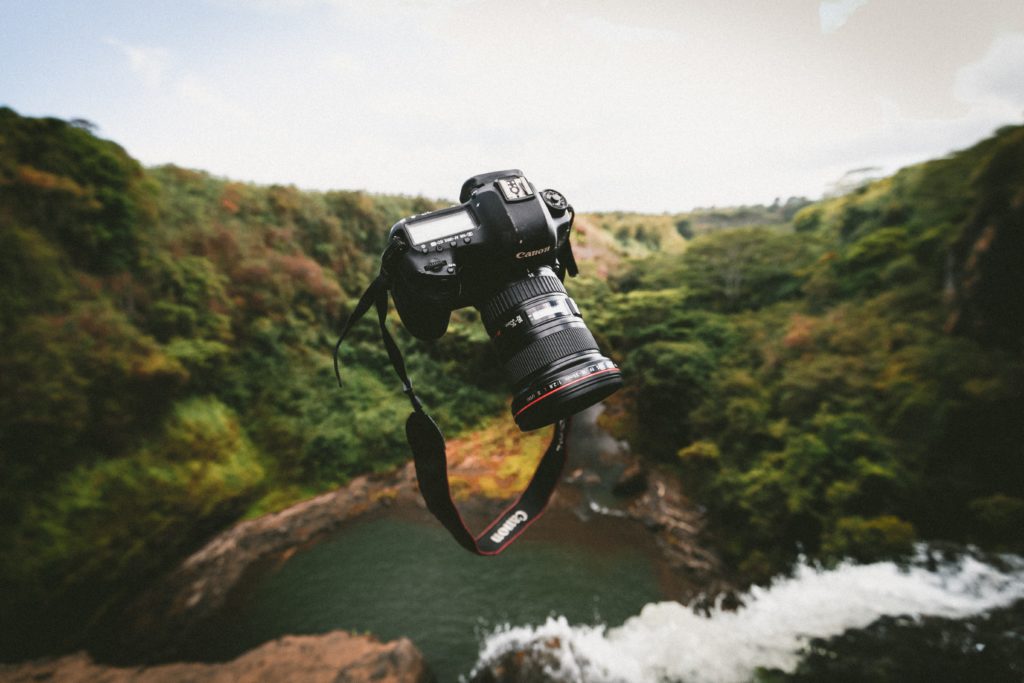 etween 18mm and 55mm. This range is good for landscapes or for family pictures. However, it has a narrow aperture (f/3.5-5.6), so it won’t work great in low light. (To learn more about DSLR terminology, check out our Beginner’s Guide!)
etween 18mm and 55mm. This range is good for landscapes or for family pictures. However, it has a narrow aperture (f/3.5-5.6), so it won’t work great in low light. (To learn more about DSLR terminology, check out our Beginner’s Guide!)
The 18-55mm f/3.5-5.6 is a great value when you get it in a kit, and it is an easy to use lens for beginners. So why would you want to buy more lenses?
Buying new lenses for your DSLR camera lets you start shooting different situations and gives you more creative freedom. In fact, it’s often said that if you feel like your camera is holding you back and you want to upgrade, try upgrading your gear first.
Typically, lenses you buy for your entry-level DSLR will work on other DSLRs of the same brand, so if you do move to a mid-range camera down the road, you can keep those lenses to use with the new one. (There are some exceptions here, so always double check compatibility before you buy.)
DSLR lenses match up to your purpose, so you can get the best possible shot in any circumstance. For example, if you are interested in portraits, you can pick up a lens with the focal length and aperture that work best for that kind of session. You can find a lens that gives you the speed you need for shooting sports. Or you can find a telephoto lens that will help you capture stunning landscape shots.
Most importantly, lenses help you advance as a photographer. Photographers never stop learning their craft, but gear helps them keep pushing themselves for better shots. You have so much more power with different lens options. However, there are some things you’ll want to know and do before you buy.
Before You Buy
If you’ve researched DSLR lenses at all, the first thing you probably noticed is that they can be very expensive. In fact, if you bought an entry-level camera, in particular, many lenses are close to twice as much as the price of the body – if not more.
It is well worth it to save your pennies to get the lens you actually want, so you should spend some time figuring out what you want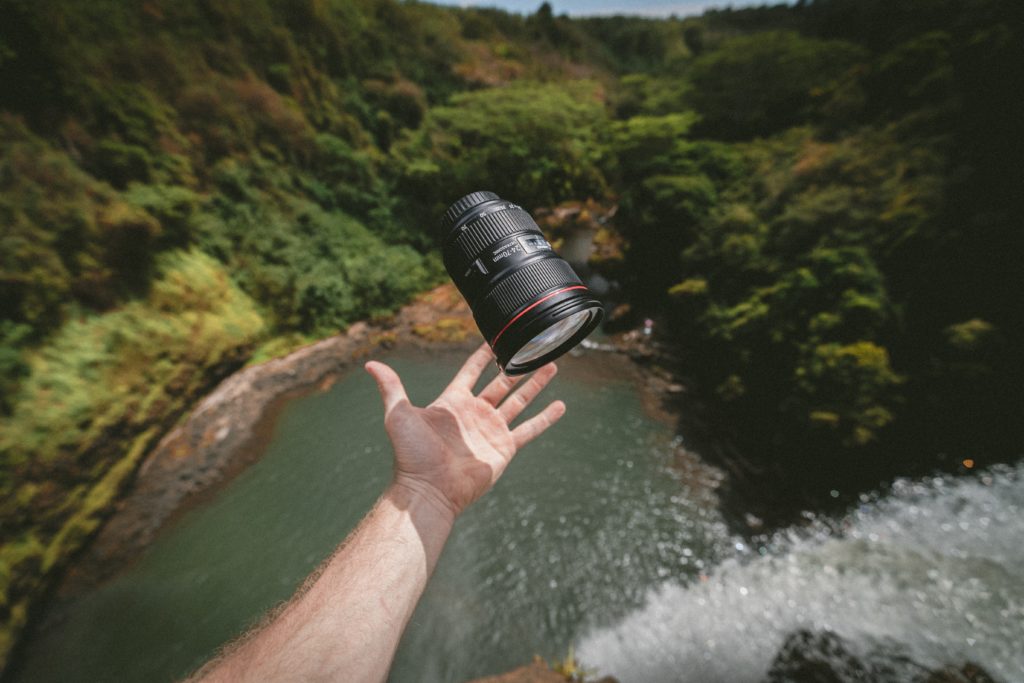 out of a lens. You can also get to know Canon’s terminology regarding lens labeling. Let’s take a look at what the names of Canon lenses actually mean.
out of a lens. You can also get to know Canon’s terminology regarding lens labeling. Let’s take a look at what the names of Canon lenses actually mean.
Canon Lens Terminology
You’ll notice numbers and letters on canon lenses, and this is meant to tell you nearly everything you need to know about a particular lens.
- Focal Length: As we mentioned above, this a number (usually a range) followed by millimeter (mm). This number lets you know the range of zoom you have. In addition to helping you get the right angle of your shot, focal length also affects the perspective of the shot, so it’s worth learning more about focal length before you buy (especially if you’re looking at telephoto lenses).
- Aperture: Typically this number indicates the maximum aperture of the lens, but it also may show a range (f/3.5-5.6) which simply means that the aperture narrows as you zoom. For Canon lenses, this number is always preceded by f/.
- Generation: Sometimes you’ll see II or III on a lens name, and that just tells you which version of the lens it is. You’ll usually want to get the most recent version of a lens.
- Image Stabilization: When the lens has IS in the name, this means that it has optical image stabilization. This is an important technology added to lenses that use slow shutter speeds – it helps to counter shake and provide sharper images.
- Sensor: The letters EF (full frame) and EF-S (crop) tell you which sensor type the lens is for. EF lenses will work with any full frame or crop sensor DSLR, but EF-S only work on the crop sensor and aren’t compatible with full frame cameras. This probably won’t matter now but is something to keep in mind if you foresee yourself buying a full frame camera in the future.
- Focusing Motor: If the lens reads USM, this means that comes equipped with UltraSonic Motor, a technology that helps you focus quickly and quietly.
There are, of course, plenty of other terms and specs that you’ll run into on your journey through the land of Canon lenses, but this is a good list to help you get started with your first lenses.
Canon vs. Third-Party Lenses
In your quest for the perfect lens, you’ll eventually stumble across third-party lenses. Third-party lenses, by companies like Sigma and Tamron, are less expensive lenses that mount on different camera bodies. So, for example, you might see one that offers the focal length and max aperture you’re after, and you’ll see that the third-party lens requires a mount to attach to your canon. You’ll also see that it costs much less than the same specs on a Canon lens.
Talking about first-party versus third-party lenses inevitably opens up a debate that is unlikely to be resolved anytime soon. Purists will claim that only first-party lenses have the quality and compatibility you need for good photography. Others will point out that many lenses are only in budget if you consider a third-party model.
There are important elements to each side of this debate, and it’s worth it to do your own research to decide what you believe and what you will buy. For our part, we’re not going to choose sides, but we will stick to recommending lenses manufactured only by Canon, just to keep things simple.
What to Look For
Now that you know a little bit more about lens terminology and features, let’s talk about the next steps you can take when you’re ready to buy a lens.
Purpose
By the time you start shopping for a new lens, you will probably have a good idea what you want out of a lens. At the very least, you can refine your purpose and the types of photos you like taking. Do you gravitate toward landscape shots? Are you taking family photos or action shots of your kids?
Here are a few of the primary categories you’ll see when discussing lens purposes:
- Landscape
- Portrait
- Wedding
- Sports
- Wildlife
- Architecture
- Creative
Types of Lenses
There are three main lens categories: normal, telephoto, and wide angle. However, you’ll see more categories than that when you start looking for the best lenses. Some types you’ll see include:
- Standard
- Prime
- Telephoto zoom
- Wide angle
- Macro
- Fish eye
Price
Price is going to be a huge factor when it comes to lens purchases for most photographers. It can be difficult to justify spending several hundred to over one thousand dollars for a single lens. There are some budget-friendly options, but the fact of the matter is, you will likely have to spend a significant amount on gear at some point.
However, there is more to the story than the initial price. Most photographers will upgrade their camera body at some point – especially if they start out with an entry-level model and advance their photography skills. Lenses, on the other, might be a one-time purchase. At the very least, a lens is something that can last you a long, long time, and move with you to both new camera bodies and to richer photography skills.
Remember: purchasing a new lens is an investment in your photography.
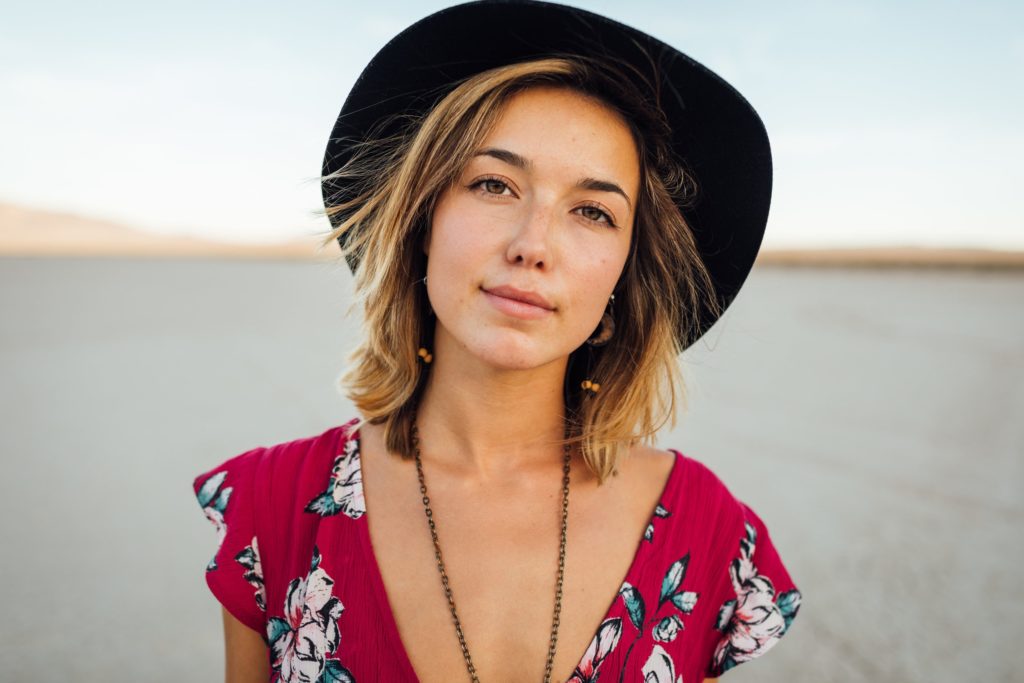
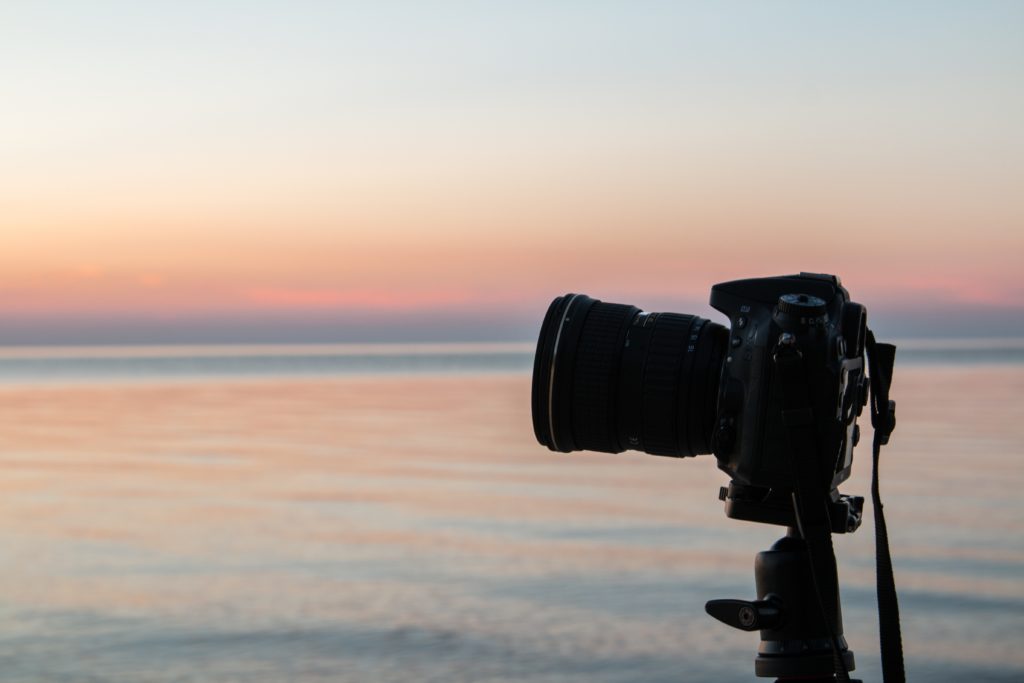
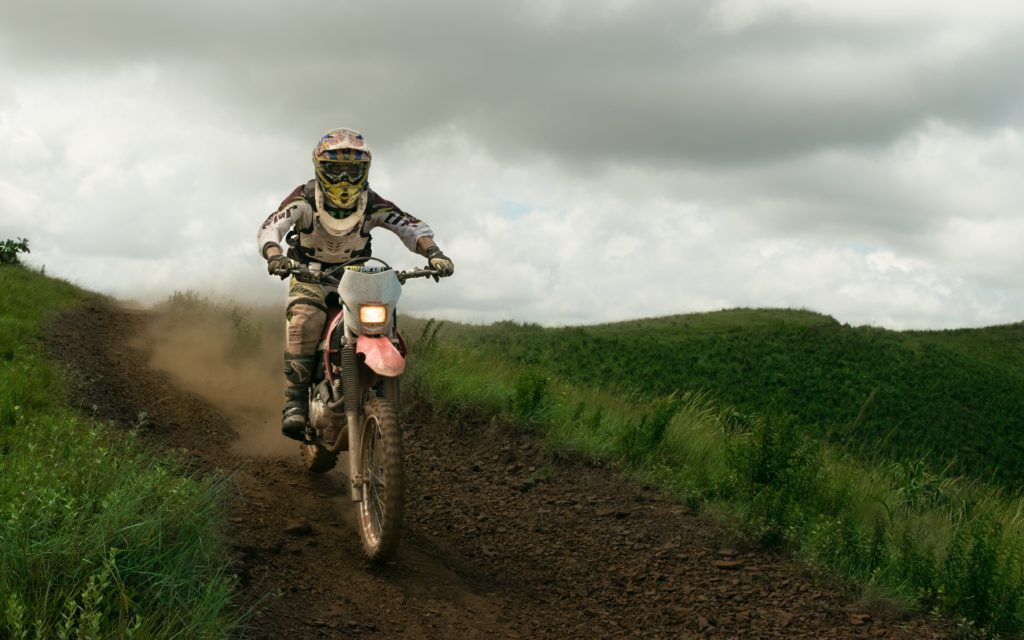
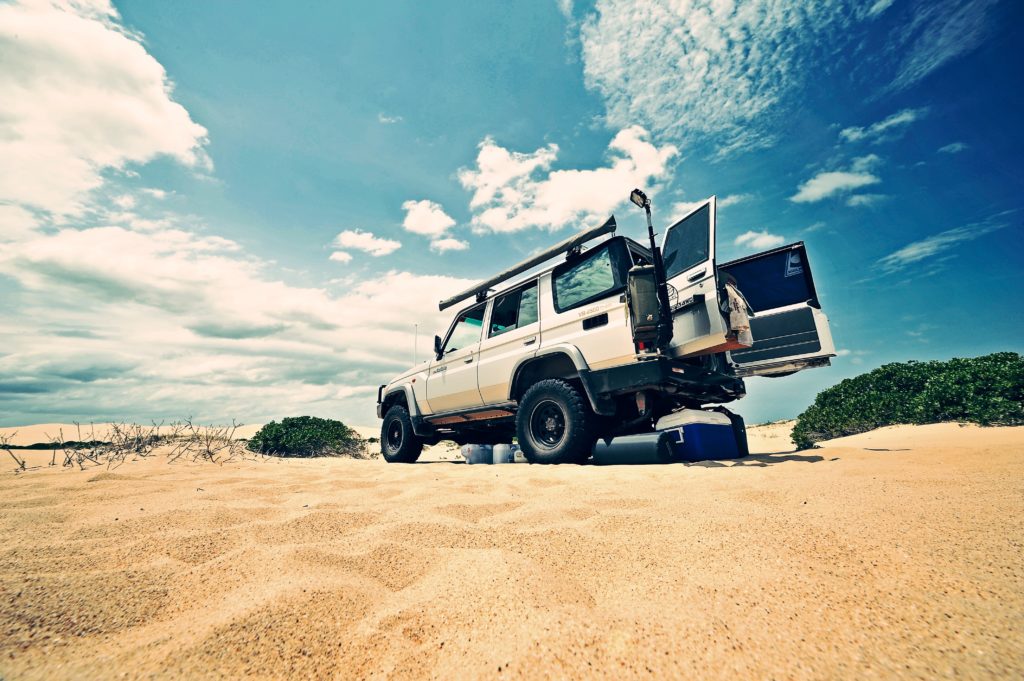

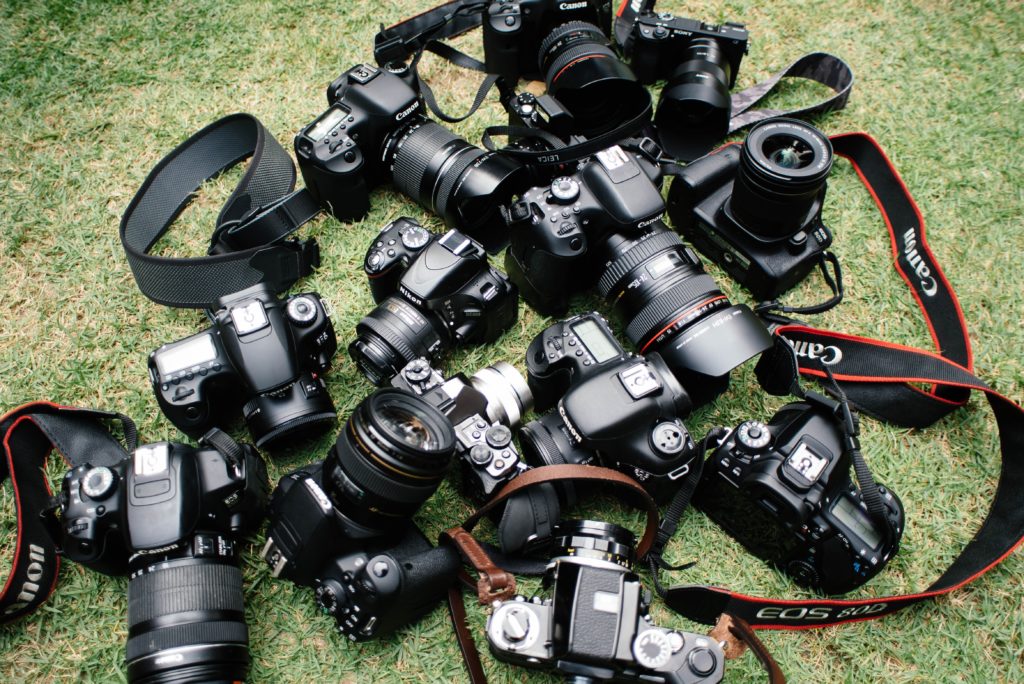
Social Menu